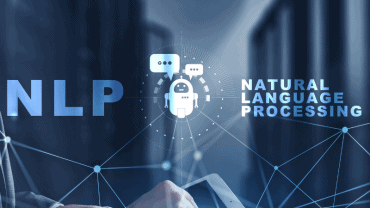
Incorporating machine learning capabilities into BI solutions will bring sophisticated analytics to more people, groups, and business units.
One of the great promises of continuous intelligence (CI) is in its ability to provide decision support (augmenting the work of a human) or decision automation in reaction to real-time events. To realize the benefits CI can deliver in such applications requires predictive analytics and artificial intelligence (AI) algorithms that derive actionable information. However, a key to achieving maximum benefits is to embed sophisticated analytics technologies into normal business operations and processes.
A new report from Gartner indicates that we’re on the way. In its latest “Magic Quadrant for Analytics and Business Intelligence Platforms,” Gartner noted that we are in a period where machine learning (ML) and business intelligence (BI) are converging.
See also: Operational Intelligence: The Next Generation of Business Intelligence
Specifically, BI solutions providers now routinely are making ML features and functionality available to businesses within their BI offerings. For many businesses, this is a logical next step on the journey from descriptive analytics and reactionary BI to predictive and prescriptive analytics and pro-active BI.
One way to look at the market is that in the past, BI solutions helped businesses transform raw data into meaningful and useful information used to enable more effective strategic, tactical, and operational insights and decision-making. In most cases, BI looked at what happened and made sense of that information. For example, BI typically would be used to:
- Analyze customer buying patterns and sales trends
- Measure, track, and predict sales and financial performance
- Track the performance of marketing campaigns and more.
In contrast, predictive analytics, ML, and AI try to predict what will happen next. Is that financial transaction suspect? Will offering this customer free shipping enough to close the sale? Which payment options will more likely get a customer with a past due account to respond?
Gartner believes the two areas (BI and ML) are converging. According to Garter, 40% of ML model development and scoring will be done in products that do not have [ML] as their primary goal by 2022.
Incorporating ML into BI will bring sophisticated analytics to more people, groups, and business units. The thinking here is that ML will be easier to use when it is embedded in an application the user is familiar with and already knows how to use.
Many BI solutions providers are embracing ML in other ways, too. Beyond making integrating ML capabilities into their solutions for enhanced analytics, some are using AI and ML within their offerings. In this scenario, the providers seek to make their tool easier to use by using AI and ML to help prepare data, derive insights, and allow users to understand better and explain their findings.




























